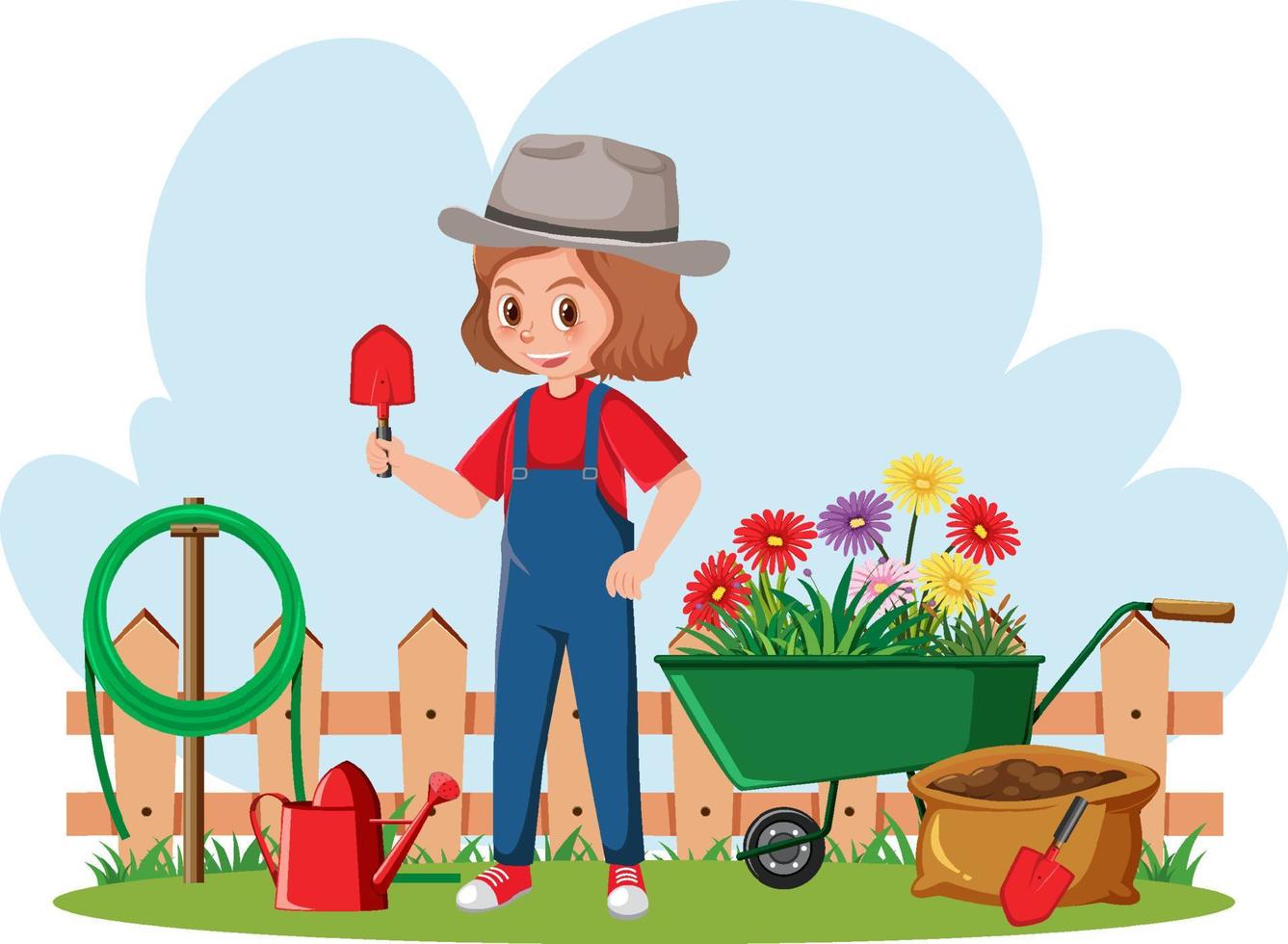From Novice to Environment-friendly Thumb: A Step-by-Step Journey Through the Art of Horticulture
Understanding Your Gardening Area
To start your gardening journey, it is vital to recognize the one-of-a-kind characteristics and constraints of your horticulture space. Are there any certain challenges you may face, such as inadequate dirt quality or restricted water schedule? Comprehending these elements will certainly help you make notified decisions concerning the types of plants that will grow in your area.
Consider the size of your gardening area. If you have a small space, you may need to concentrate on container gardening or upright gardening to optimize your expanding location. On the various other hand, if you have a big room, you have the luxury of growing a selection of plants and developing different zones within your yard.
If your room is shaded, you can decide for shade-loving plants like brushes or hostas (newbie gardening). If your space receives full sunlight, you can expand a large variety of plants, including blossoms, veggies, and natural herbs.
Lastly, take into consideration any type of restrictions or obstacles particular to your room. If your dirt top quality is inadequate, you might need to modify it with garden compost or select plants that are tolerant of less-than-ideal conditions. If water is scarce, you can select drought-tolerant plants or apply water-saving techniques like mulching.
Choosing the Right Plant Kingdoms for Your Garden
Select plants that are appropriate to your yard's special problems and your personal choices. When choosing plants for your yard, it is essential to take into consideration factors such as sunshine, soil kind, and climate. Take an appearance at the quantity of sunshine your garden gets throughout the day. Some plants thrive completely sun, while others favor partial and even full color. Think about the dirt kind in your yard. Some plants favor well-drained soil, while others thrive in damp or clay-like soil. Additionally, consider the environment in your location. Some plants are better matched for hot and completely dry environments, while others can withstand cooler temperatures.
An additional crucial facet to think about is your personal choice. Do you like a yard loaded with vibrant blossoms, or are you more interested in growing veggies and herbs? Think of the purpose you desire your yard to offer and the aesthetic you desire to accomplish. It's additionally worth thinking about the upkeep level of the plants you choose. Some plants require more care and focus, while others are a lot more low-maintenance.
Preparing the Soil for Planting
First, analyze the problem of your dirt to determine if any changes or improvements are required. The high quality of your dirt is crucial for the success of your garden. Begin by checking the structure of the dirt. Is it sandy, loamy, or clayey? Sandy dirt drains pipes swiftly, while clayey dirt retains water. Fertile soil is the optimal balance between both. Next, inspect the pH level of your soil. Many plants choose a somewhat acidic to neutral pH, around 6.0 to 7.0. If your dirt is too acidic or alkaline, you may require to readjust it using dirt changes such as lime or sulfur. In addition, you should take into consideration the nutrition material of your soil. If any essential nutrients are doing not have, Conduct a soil test to identify. This will certainly aid you make a decision which plant foods or raw material to add. Make certain that your soil is well-draining. Poorly drained pipes dirt can lead home to water logged roots and other plant wellness issues. If necessary, enhance drainage by including organic issue like compost or peat moss. By examining and making essential changes to your dirt, you can produce an ideal environment for your plants helpful resources to flourish.
Nurturing and Keeping Your Yard
Make certain to water your plants deeply, enabling the water to pass through the soil and reach the roots. Regular weeding is additionally important to keep your garden totally free from unwanted plants that contend for nutrients and area. Routinely inspect your plants for any kind of signs of problem or health problem and take prompt action to stop more damage.
Troubleshooting Common Horticulture Issues
If you discover chewed fallen leaves or plants that are shriveling for no evident factor, you may have an insect problem. If your plants have yellow or discolored fallen leaves, they may not be getting enough nutrients. Eliminate impacted plants and treat the remaining ones with natural fungicides or chemicals.
Verdict
Congratulations! You have effectively completed the journey from beginner to eco-friendly thumb in the art of horticulture. By recognizing your horticulture space, picking the right plants, preparing the dirt, and nurturing your yard, you have actually gotten rid of usual horticulture issues like a pro. Now, click here to find out more equipped with knowledge and experience, you are prepared to take pleasure in the appeal and abundance of your flourishing garden. Maintain the magnum opus and continue to cultivate your eco-friendly thumb!

When selecting plants for your yard, it is important to think about variables such as sunshine, dirt kind, and environment. Some plants favor well-drained soil, while others grow in wet or clay-like soil (newbie gardening). By recognizing your gardening space, choosing the right plants, preparing the dirt, and supporting your yard, you have actually conquered typical gardening concerns like a pro